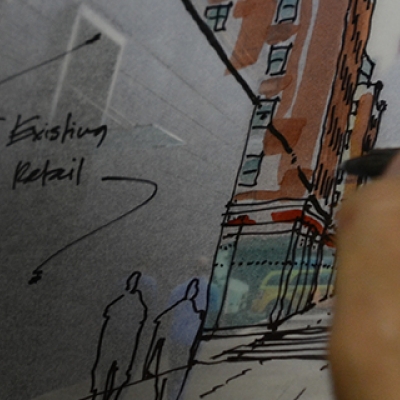
New Series: In the Urban World, Juxtapositions Matter
By Charles R. Wolfe / On January 30th, 2014
In an ongoing series, Urbanism Without Effort author Chuck Wolfe argues the importance of the overlaps, overlays and convergence points that define city life, and emphasizes the importance of reading and interpreting their everyday expression.

